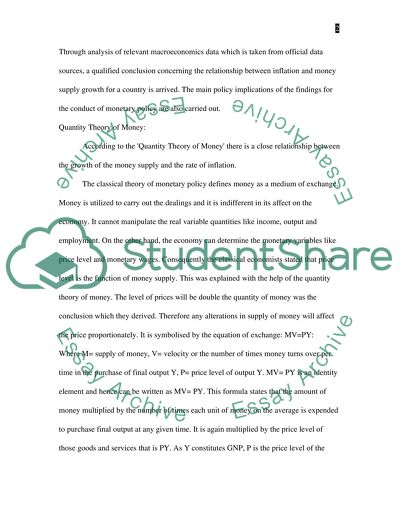Cite this document
(Inflation and the Money Supply Essay Example | Topics and Well Written Essays - 2250 words, n.d.)
Inflation and the Money Supply Essay Example | Topics and Well Written Essays - 2250 words. Retrieved from https://studentshare.org/finance-accounting/1519253-inflation-and-the-money-supply
Inflation and the Money Supply Essay Example | Topics and Well Written Essays - 2250 words. Retrieved from https://studentshare.org/finance-accounting/1519253-inflation-and-the-money-supply
(Inflation and the Money Supply Essay Example | Topics and Well Written Essays - 2250 Words)
Inflation and the Money Supply Essay Example | Topics and Well Written Essays - 2250 Words. https://studentshare.org/finance-accounting/1519253-inflation-and-the-money-supply.
Inflation and the Money Supply Essay Example | Topics and Well Written Essays - 2250 Words. https://studentshare.org/finance-accounting/1519253-inflation-and-the-money-supply.
“Inflation and the Money Supply Essay Example | Topics and Well Written Essays - 2250 Words”, n.d. https://studentshare.org/finance-accounting/1519253-inflation-and-the-money-supply.


